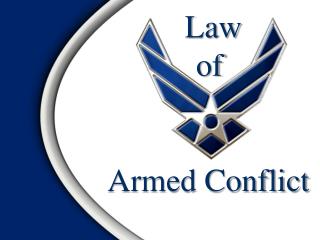


The proposition in 5.4.3.2 of the DoD Law of War Manual is inconsistent with that rule of customary international law and is contradicted by the International Committee of the Red Cross ( Handbook on International Rules Governing Military Operations International Humanitarian Law and the challenges of contemporary armed conflicts (2015) Interpretive Guidance on Direct Participation in Hostilities (2009)), the decisions of international criminal tribunals the military manuals of close U.S. The United States is not party to Additional Protocol I, but this rule is widely recognized as customary international law binding on all states. Treaty Law: Additional Protocol I to the Geneva ConventionsĪrticle 50(1): “In case of doubt whether a person is a civilian, that person shall be considered to be a civilian.”Īrticle 52(3): “In case of doubt whether an object which is normally dedicated to civilian purposes, such as a place of worship, a house or other dwelling or a school, is being used to make an effective contribution to military action, it shall be presumed not to be so used.” “Under customary international law, no legal presumption of civilian status exists for persons or objects.” Department of Defense: Law of War Manualĥ.4.3.2 AP I Presumptions in Favor of Civilian Status in Conducting Attacks. The Manual reaches this conclusion based on fundamental legal errors, including improper citation of sources. The DoD Manual states that this rule is not binding international law (customary international law). The rule states that in situations of doubt as to whether a person or an object is a civilian, they must be presumed to be civilian. This article concerns the legal status of a rule applicable to military targeting operations. Department of Defense’s Law of War Manual with a goal of providing constructive suggestions to address concerns about the text of the Manual. Editor’s note: This article is the first in a new project at Just Security that assesses the U.S.


 0 kommentar(er)
0 kommentar(er)
